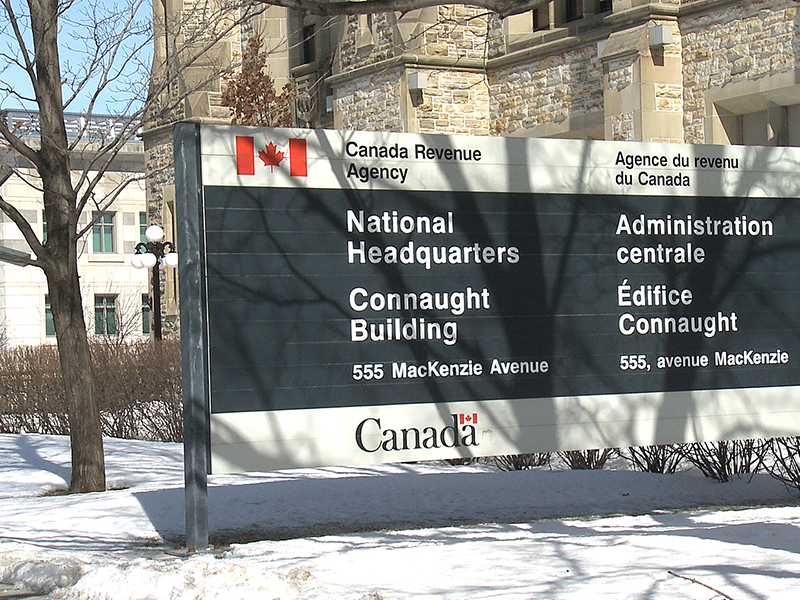
The federal government’s changes to the capital gains inclusion rate, which took effect on June 25, are estimated to raise $17.4 billion over the next five fiscal years, according to a Parliamentary Budget Officer (PBO) report released on Thursday.
This estimate is $2 billion lower than the $19.4 billion that the government projected when the federal budget was released in April.
The government originally estimated the increased capital gains inclusion rate would raise $6.9 billion in the 2024–2025 tax year; the PBO estimated generated revenues of $5 billion.
The lower estimate came partly from the PBO’s assumption that a portion of gains that would have been realized in the latter half of 2024 were realized before the change took effect on June 25.
The PBO’s analysis accounted for investors’ behavioural response, namely the capital gains realizations made in the 10-week window taxpayers had to realize gains at the 50% inclusion rate.
The PBO estimated a 15% increase in capital gains realizations for corporations and 10% increase for individuals and trusts in 2024.
Most of the increased realizations in 2024 were assumed to come from assets that would otherwise have been disposed of in the following year and a smaller portion coming from later years.
“This tax increase is a cynical measure, relying on a fire sale of assets before it came into effect,” said Emmanuelle B. Faubert, an economist with the Montreal Economic Institute (MEI), in a release. “The analysis by the Parliamentary Budget Officer confirms what we thought: This tax increase will never again bring in as much revenue as it will its first year, as it reduces the incentive to invest in our startups.”
In a study published in May, the MEI said the tax change would have a negative impact on entrepreneurship in Canada, reducing the capital available to start new projects.
The PBO’s tax revenue estimate for 2025–26 attributable to the capital gains changes was $1.3 billion.
Non-Canadian-controlled private corporations facing a higher tax burden because of the increased inclusion rate will have lower after-tax income available for distribution through dividends, the PBO report said. The PBO accounted for the reduced personal income tax revenue from dividends distributed to Canadian taxpayers who don’t hold their shares in a tax-preferred account.
The PBO also noted that the volatility of capital gains income, refundable tax paid to Canadian-controlled private corporations and tax instalment payments could impact the estimates.